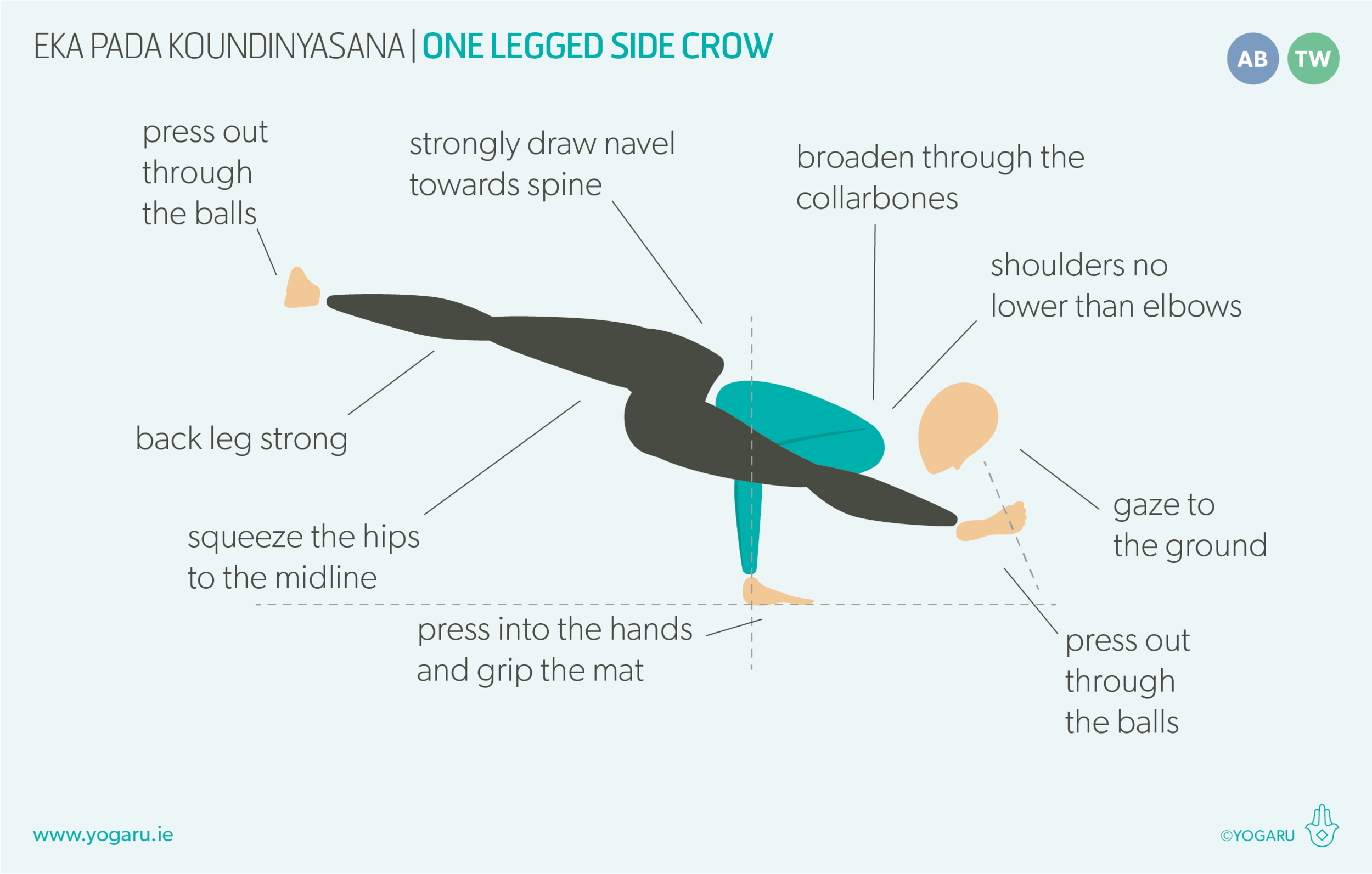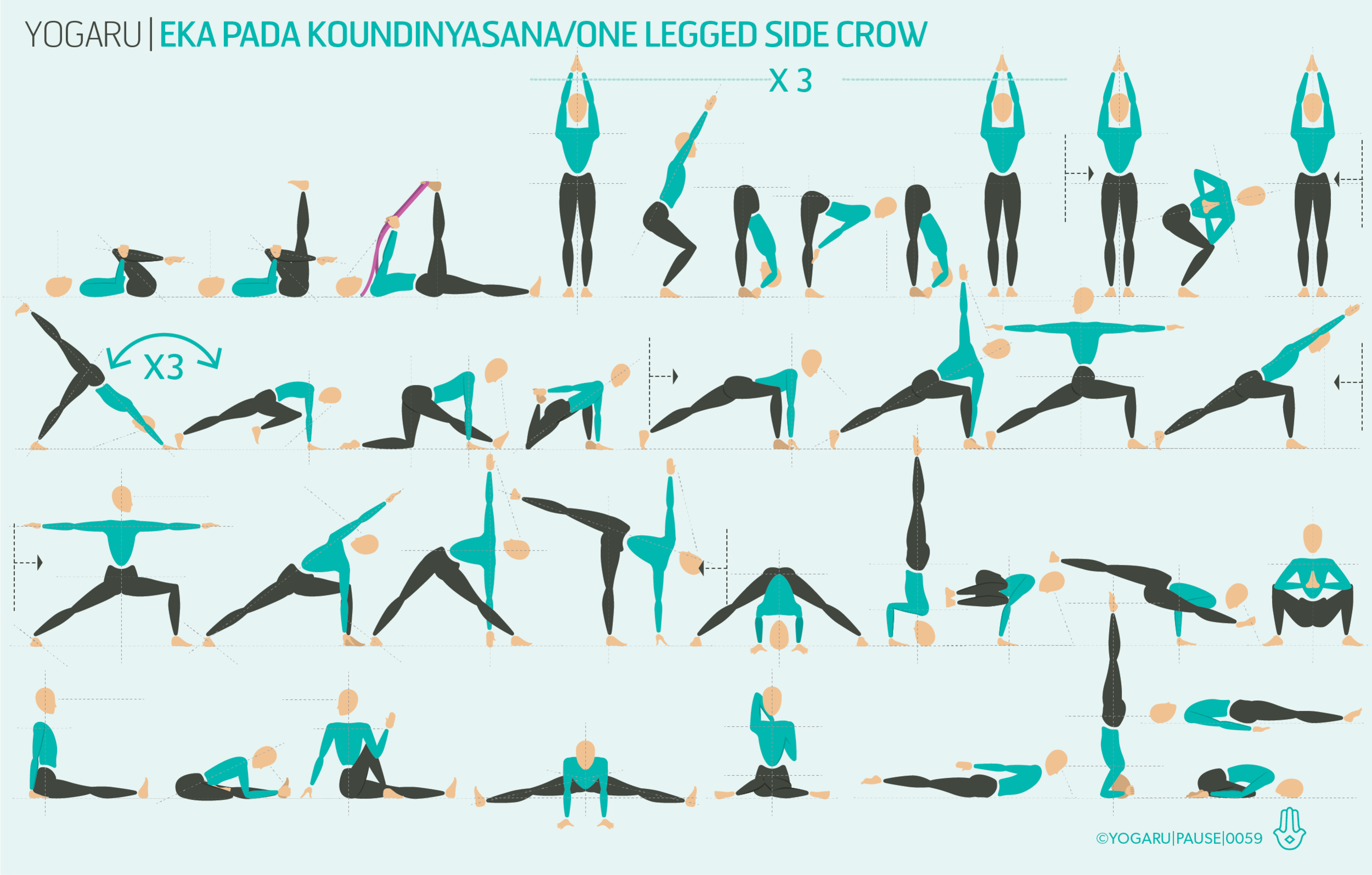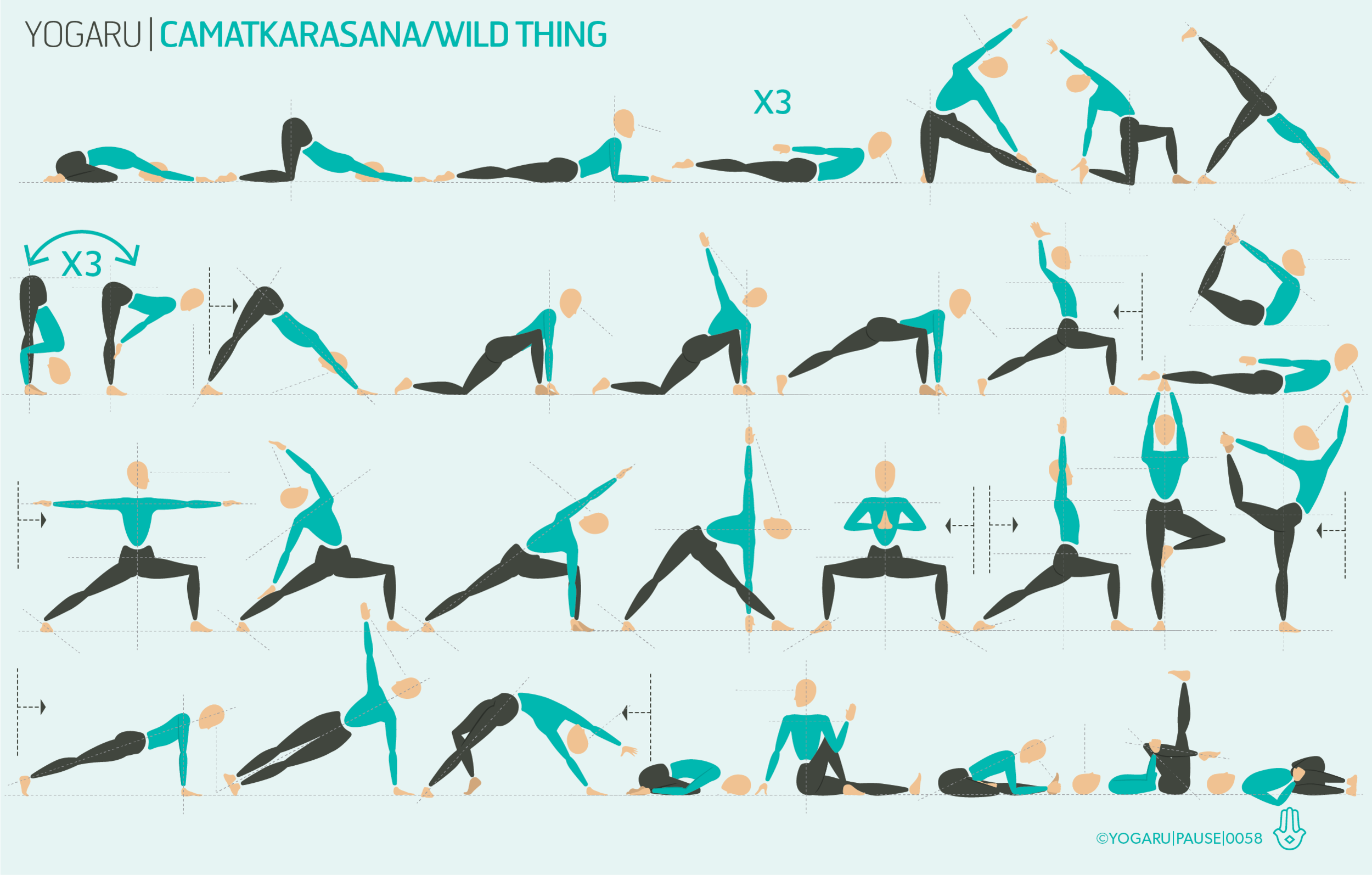THE FEEL GOOD FACTOR
Hip openers definitely have a feel good factor. They release physical and emotional tension, relieve stress and anxiety, aid digestion, and enable freer mobility to everyday activities. Incorporating hip openers into your practice releases the muscles of the hips and help you with backbends, forward bends and inversions.
HOW DO THEY WORK?
Hip openers are one of the most requested poses in a yoga class, we’re all familiar with the effect they have on us physically and mentally, but what exactly is happening in the hips to produce this effect? One of the hip flexor muscles called the psoas muscle, which connect the upper and lower body, is one of the most important muscles for mobility and is linked to the ‘fight or flight’ response. Chronically tight psoas muscles, from prolonged periods of sitting, continuously triggers the stress hormone cortisol. When there is no fight or flight required the cortisol stays in our system and becomes surplus – keeping us in a permanent state of unrest, and leaves you feeling stressed, anxious and exhausted. Hip openers release this physical hip tension, and as a result stimulates the ‘rest, restore and digest’ response. Which is why you feel a lovely freedom of movement, along with a sense of calm, after incorporating some hip openers into your yoga practice.
BALANCING MISALIGNMENTS
The hip joint is a ball and socket joint which gives us a full 360 range of motion, along with internal rotation and external rotation. With such a range of motion comes a very complicated system of muscles to facilitate mobility and stability of the joint. When there is tightness in any of these muscles it can cause back and/or hip pain – for example tight hamstrings pull on the sit bones, tilting the pelvis back and cause the lower back to loose its natural lumbar curve and compress the vertebra of the spine. The hamstrings flex the knees and so shorten in extended periods of sitting, which is one of the main cause of lower back pain.
We all have a favoured side which can cause misalignment in the pelvis and spine. Misalignments pull on the opposing muscle – this also can cause back and/or hip pain. Hip openers help realign your posture and address these imbalances. Releasing the muscles of the hips and reestablishing the curve of the lower back are particularly good for those who suffer from mild to moderate back pain.
EXPLORING HIP OPENERS IN YOUR PRACTICE
The muscles of the hips are thick multi-layered muscles and need time and patience to release. Slow down and recognise when the muscles have reached their full range of motion. At first pull back 10 percent from your maximum and allow the muscle to get used to the idea of stretching. The sequence builds up to the ultimate hip opener Eka Pada Rajakapotasana/One Legged King Pigeon. Pigeon works on many of the hip muscles – it stretches the hip flexors on the back leg, and the inner groin and outer hip of the front bent leg. They help to regulate hormones and massage all the muscles of the upper body.
ALIGNMENT CUES
Move slowly through the above sequence and take extra time when you encounter tight areas. Take some deep breaths while the muscle gently warm up.
Print out the below tips, along with the sequence, and melt into your hip openers:
From Adho Mukha Svanasana, place your right foot behind your left hand and your right knee behind your right hand.
Right foot flexed, working towards your right shin being parallel to the top of the mat.
Place your hands either side of your hips, walk your left leg out behind you in line with your left hip as you lower your hips down.
Draw your left hip forward and your right hip back, let the weight of your upper body help to gently lower your hips down.
Stay here, or for a stronger stretch, exhale, fold forward, interlock your hands and place your head on your hands, gaze down.
‘Proprioceptive Neuromuscular Facilitation’ or PNM contract and release to get a greater release similar to the stretch reflex.
Squeeze your outer hip muscles your glute to open the hip out.
Contract your muscles, draw your front knee back and your back knee forward. Lift your pelvic floor, draw navel to spine, hold for 6 seconds.
Exhale and release for 30 seconds.
To save the images for personal use click and hold down the image until the ‘save image’ option appears; on Mac hold down ‘control’ and click the image to get the option box; on PC right click on the image to get the option box. Scroll down in the ‘option box’ and click ‘save image’.
Ruth Delahunty Yogaru






